Most business owners run their day from a long, running to-do list. And while listing tasks is better than keeping everything in your head, it’s not always the most efficient way to work. A single, unsorted list ignores one key element of execution – context.
When you organise your tasks based on where you are, what tools you have access to, or the type of energy a task requires, you work smarter, not just harder. Let’s break down why organising by context increases productivity, how to implement it, and the small changes that can give you back more time, energy, and focus each day.
Why Traditional To-Do Lists Fall Short
Long lists are mentally overwhelming. They don’t give you clarity-they create pressure. When you look at a list of 30 items with no structure, it’s hard to know what to do first, what’s important, or what’s doable at the moment. Here’s what often happens.
- You waste energy scanning the list, trying to choose the “right” task
- You jump between unrelated tasks, which burns more mental fuel
- You procrastinate on harder items because there’s no built-in prioritisation
- You feel unproductive, even after ticking off small wins
The problem isn’t the work, it’s how it’s organised. That’s where context-based task organisation comes in.
What Does ‘Organise by Context’ Actually Mean
Context refers to the environment, tools, or mindset required to complete a task. Instead of lumping everything together on one big list, you group tasks based on where or how you can do them. That way, when you have a specific opportunity or resource available, you can immediately take advantage of it without wasting time figuring out what’s next. Common context categories include the following.
- Phone Calls – Quick calls you can make when you have a quiet moment and your phone
- Computer Work – Tasks that require your laptop or access to specific files
- Errands – Anything that requires leaving your office or home
- Deep Work – Tasks that need full focus and long, uninterrupted blocks
- Admin/Low-Energy – Quick tasks you can knock out when your energy is lower
- Team Communication – Updates or issues that can be handled when you’re with your team or in meetings
By tagging tasks with these contexts, you reduce decision fatigue and increase output.
How Context-Based Task Sorting Improves Focus And Efficiency You match tasks to energy levels
Some tasks require strategy and focus, while others just need five minutes and a click. By knowing which is which, you avoid wasting your best energy on admin or trying to force creative work when you’re drained.
You use downtime more effectively
Waiting for a meeting to start? In transit? Between calls? If you’ve grouped quick calls or admin tasks, you can chip away at them in short windows instead of losing momentum.
You reduce context switching
Jumping from financial forecasting to replying to emails to designing marketing materials causes mental strain. When tasks are grouped by type or tool, your brain stays in flow longer.
You stop getting stuck deciding what to do next
When your context is clear, you only see the tasks that fit. That makes it faster and easier to take action, which keeps your momentum going throughout the day.
The Best Tools And Methods For Contextual Task Management
You don’t need complex systems. Start simple and build from there. Here are some tools and methods that work well for organising by context.
Paper-Based Systems (Analogue)
Use colour-coded sticky notes for different contexts Divide your notebook or planner into sections (e.g., Calls, Office, Meetings) Use the Eisenhower Matrix to split by urgency and importance
Digital Tools
Todois – Create filters or labels like @Call, @Office, @DeepWork Trello – Use columns or cards for different contexts Notion – Set up a database with a “context” property and filter views ClickUp or Asana – Create context-based tags and sort accordingly
Hybrid Approach
Some business owners like using paper for the day-to-day and digital for planning. The key is consistency, not the tool itself.
Tips To Make Context-Based Tasking Work For You
Don’t Overcomplicate It – Start with 3-5 core contexts that reflect your real working patterns.
Review and Refresh Weekly – Reorganise your task list based on your calendar for the week. Got a long flight coming up? Pull together reading, reviewing, or offline tasks in one place.
Use Context to Reduce Overload – If you’re overloaded with tasks, context sorting can help you delegate or defer what doesn’t fit your current bandwidth.
Train Your Team – Encourage your team to use the same system for smoother collaboration, especially useful if you’re working in different locations or on mixed schedules.
Productivity Comes from Clarity, Not Hustle
It’s easy to fall into the trap of working harder instead of working smarter. But productivity doesn’t come from sheer effort, it comes from clear focus and efficient execution. By organising your tasks based on context, you align your work with the environment and energy you have, making it easier to follow through, finish strong, and reduce burnout.
This week, don’t just write another to-do list. Add a layer of context-and watch how much more gets done with less stress.
Thank you for being part of our Business Life community. If there’s a topic you’d like us to explore in a future edition, let us know. We’re here to help you work better, not just harder.
Live with purpose,
Kristian Livolsi and the Business Growth Mindset Team

